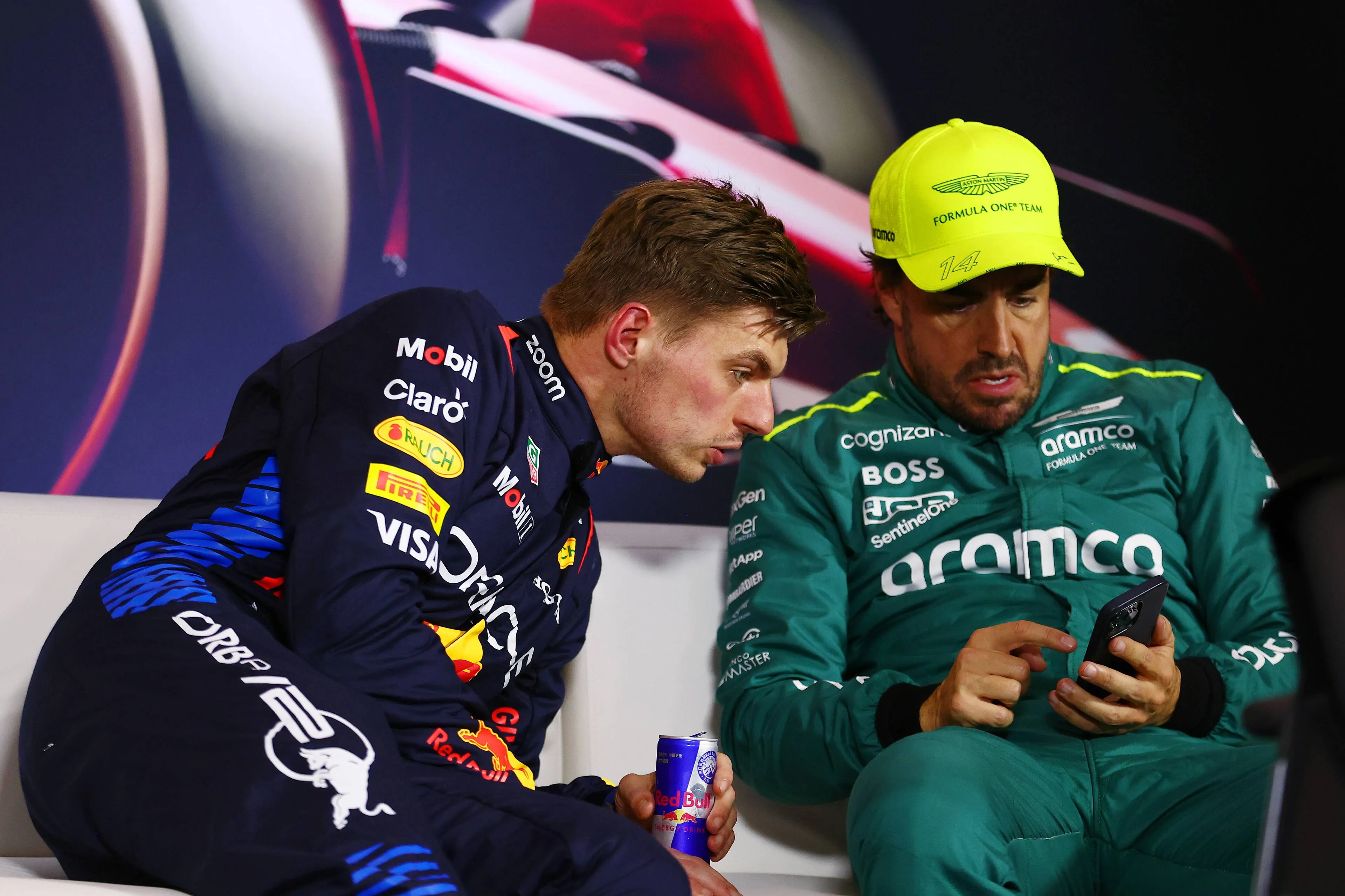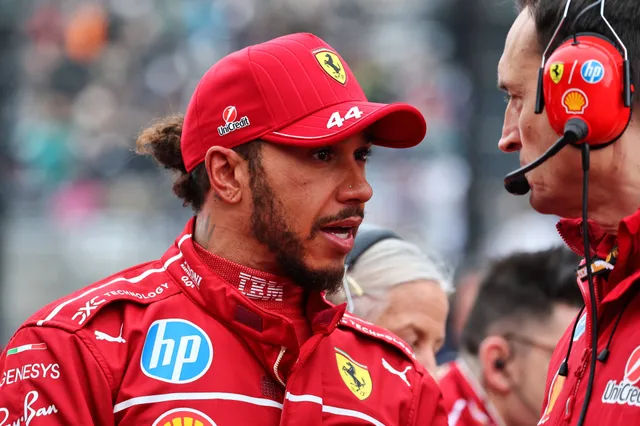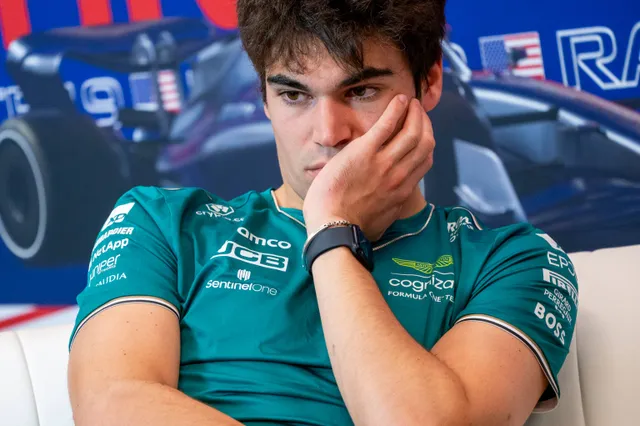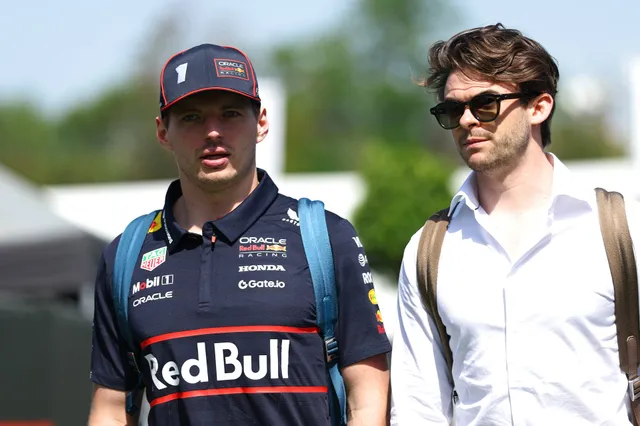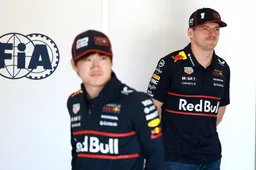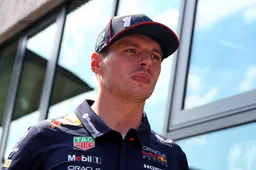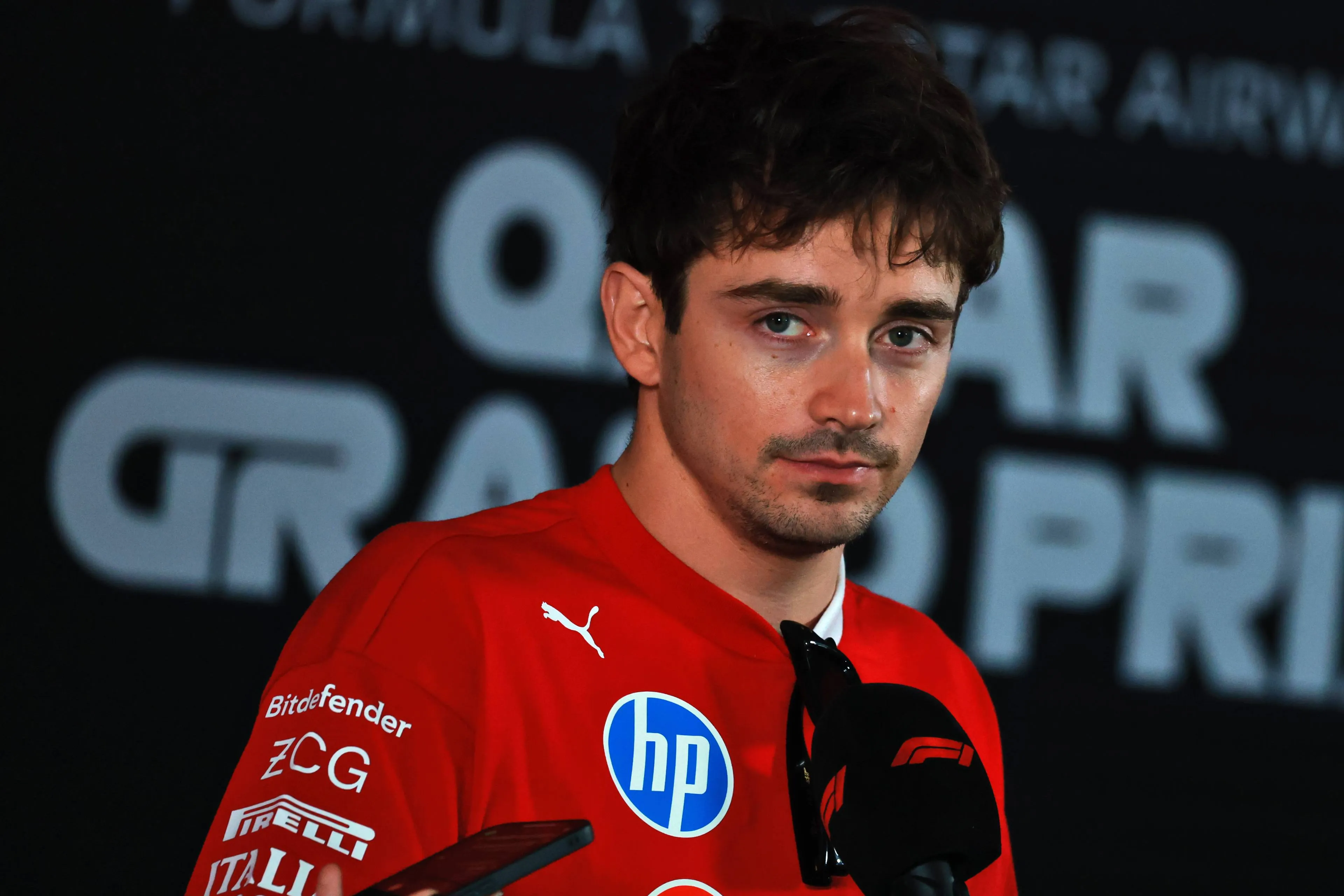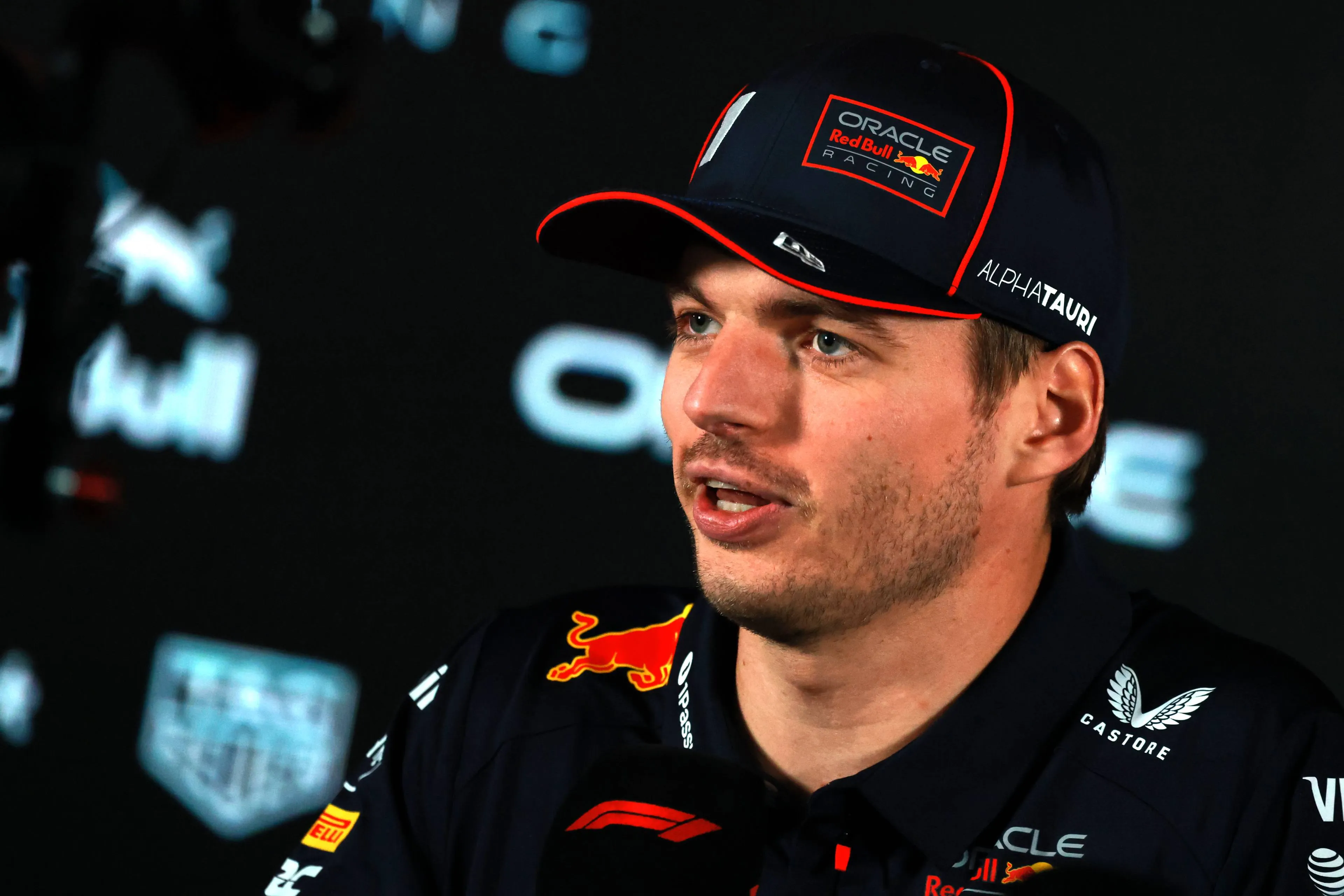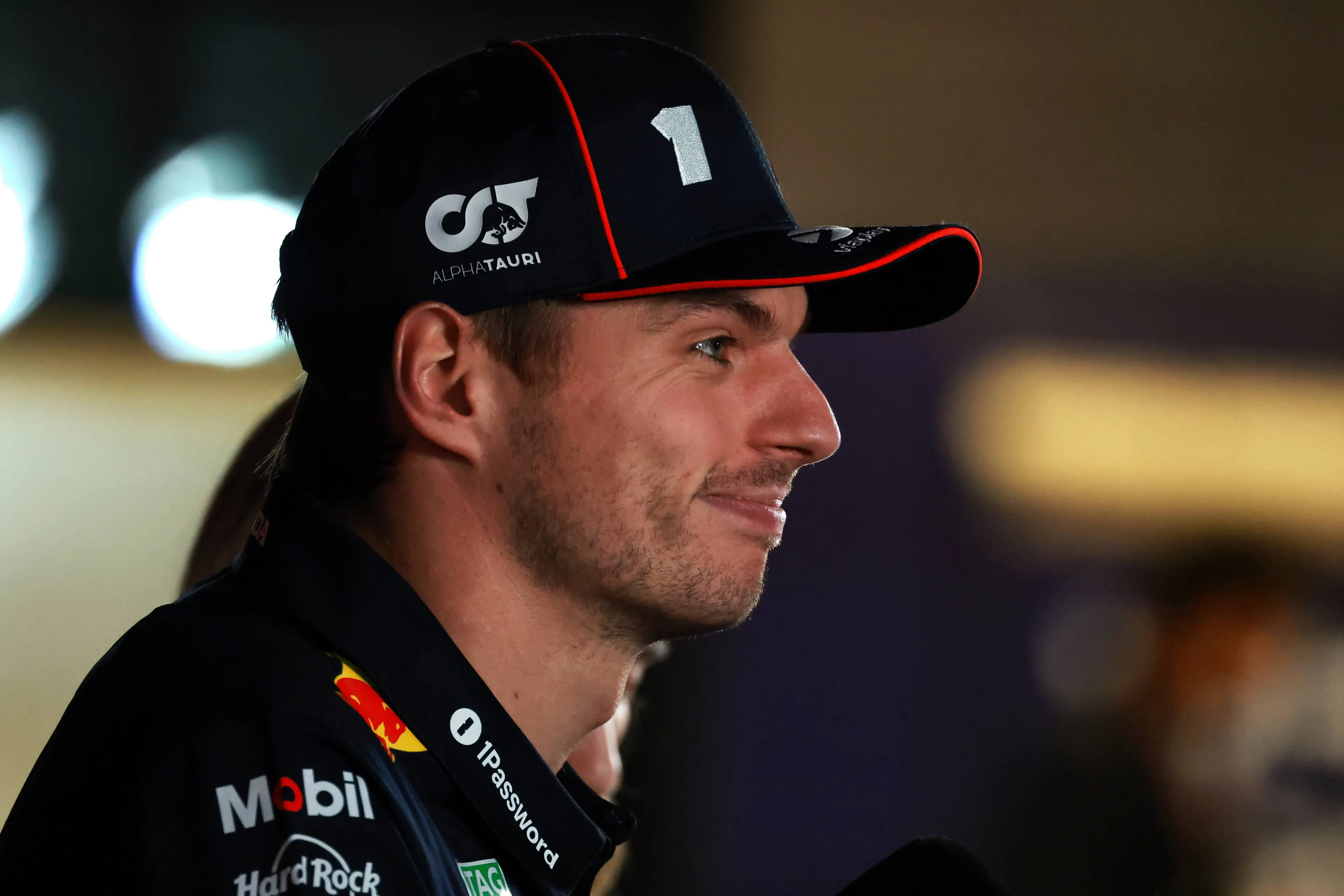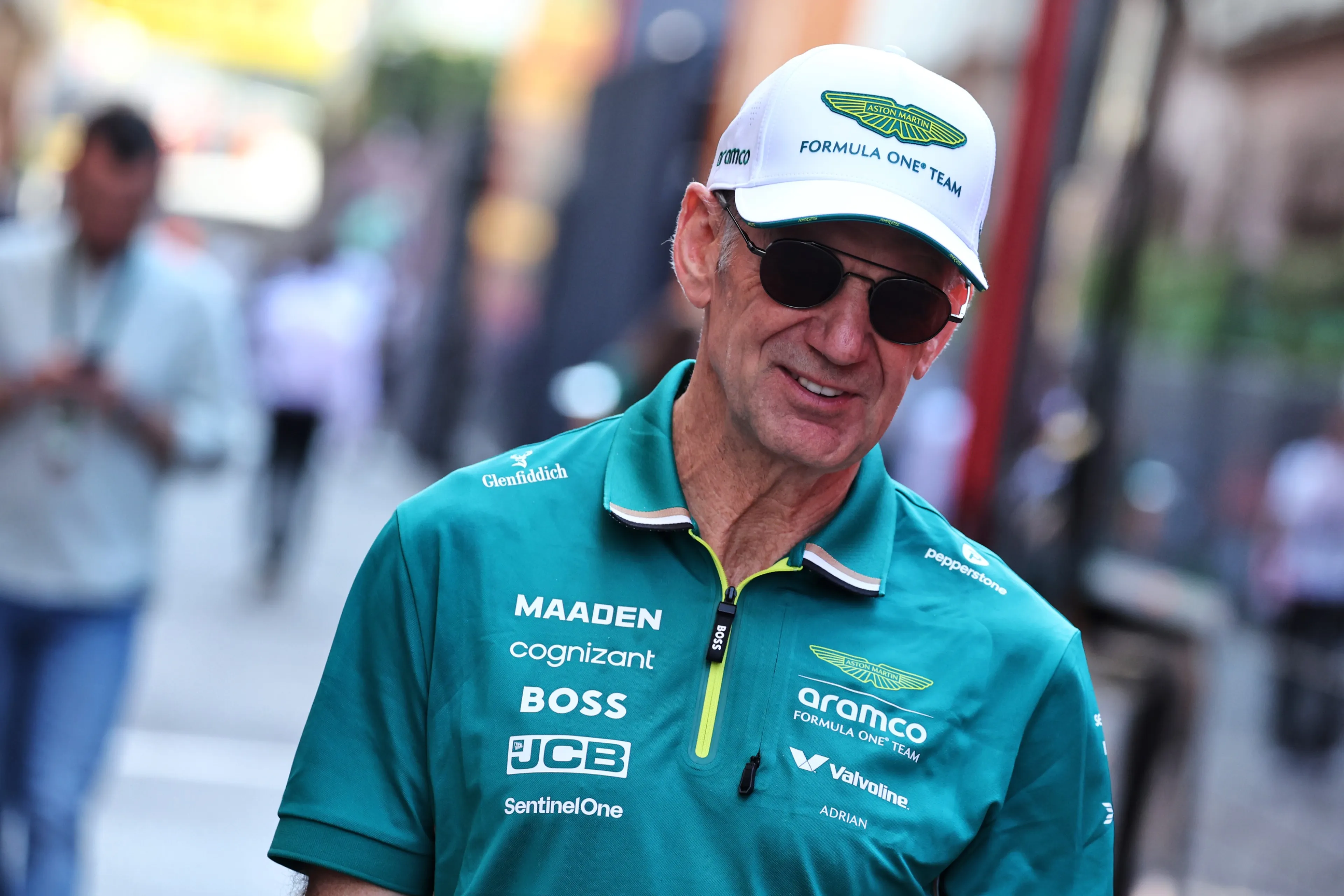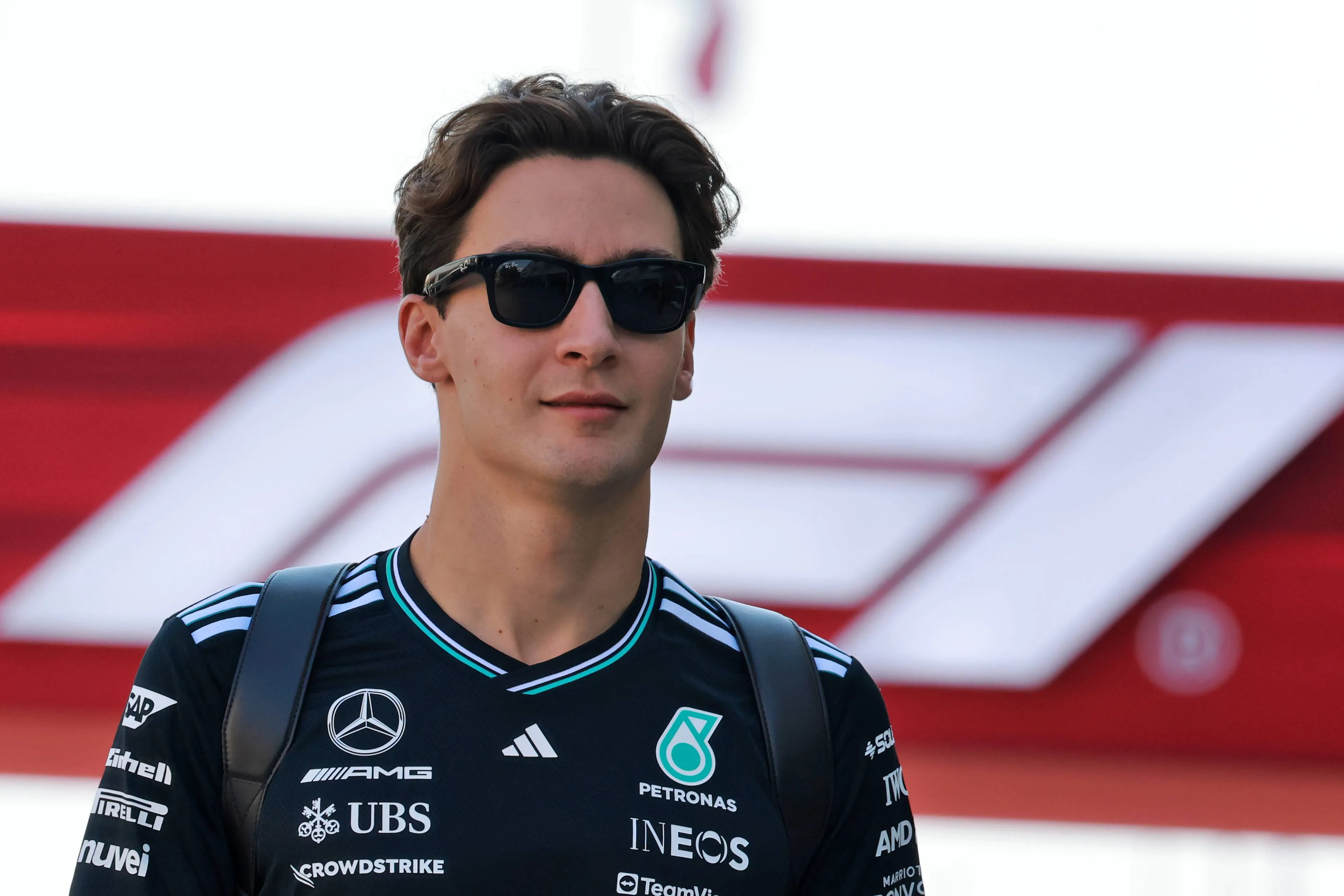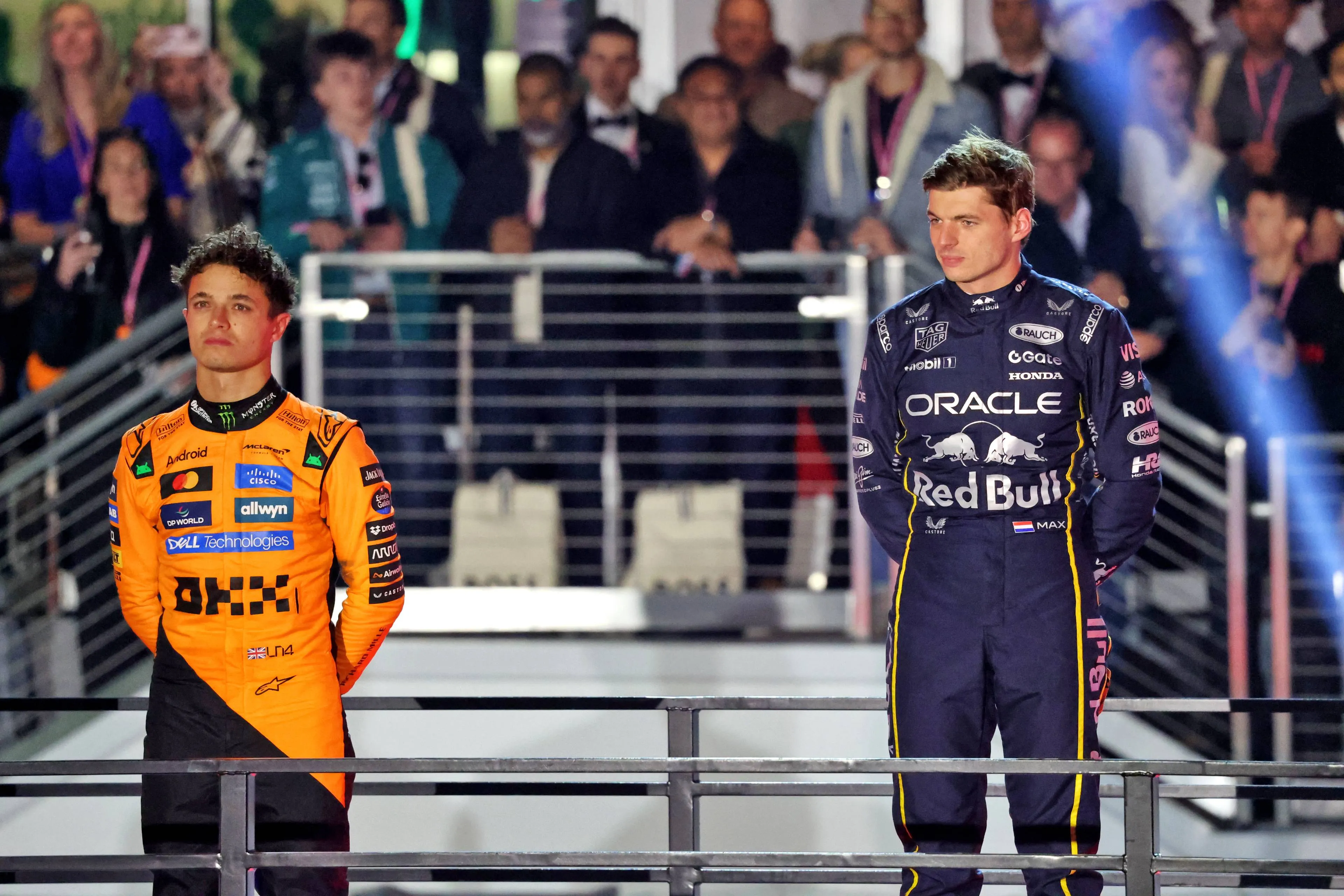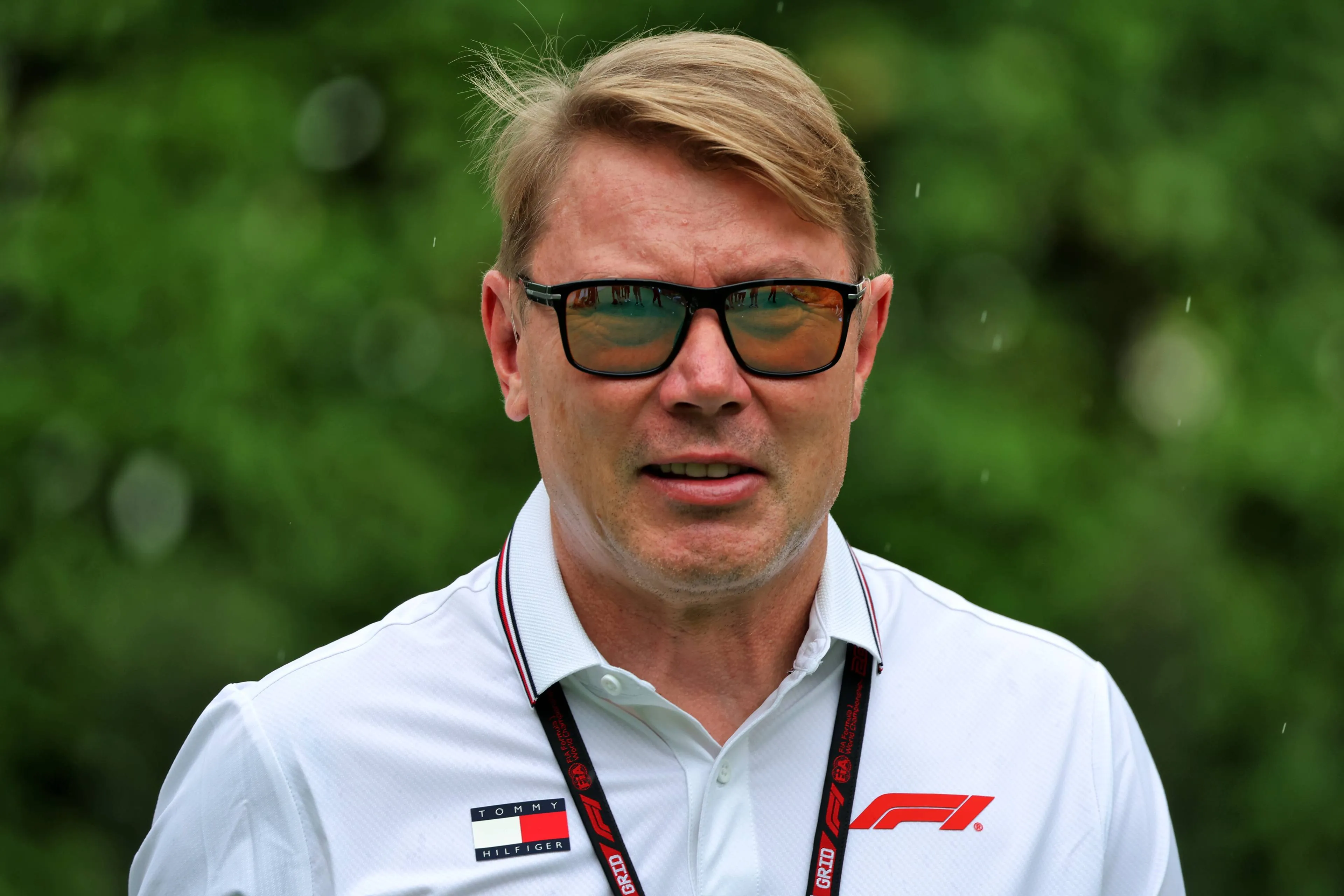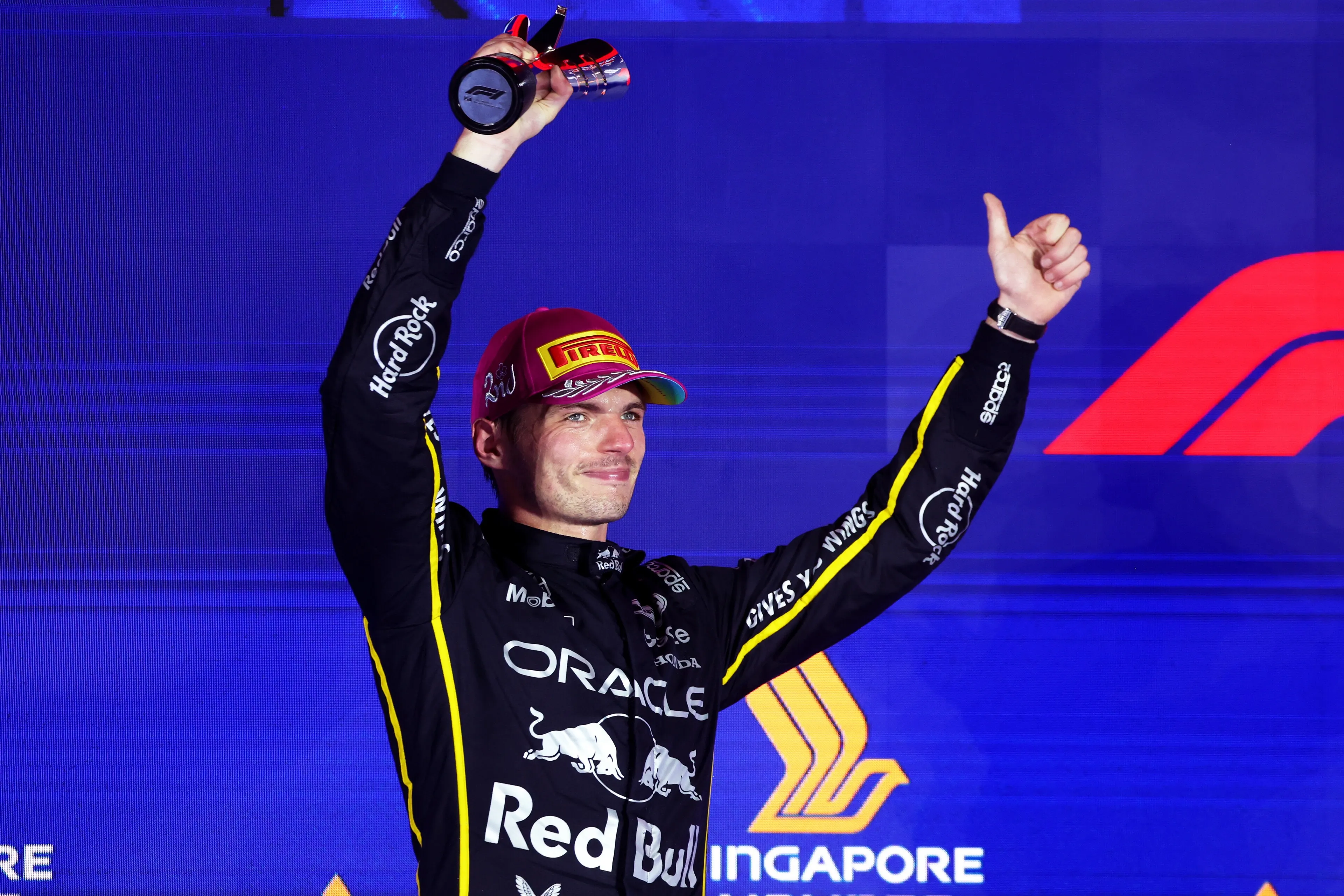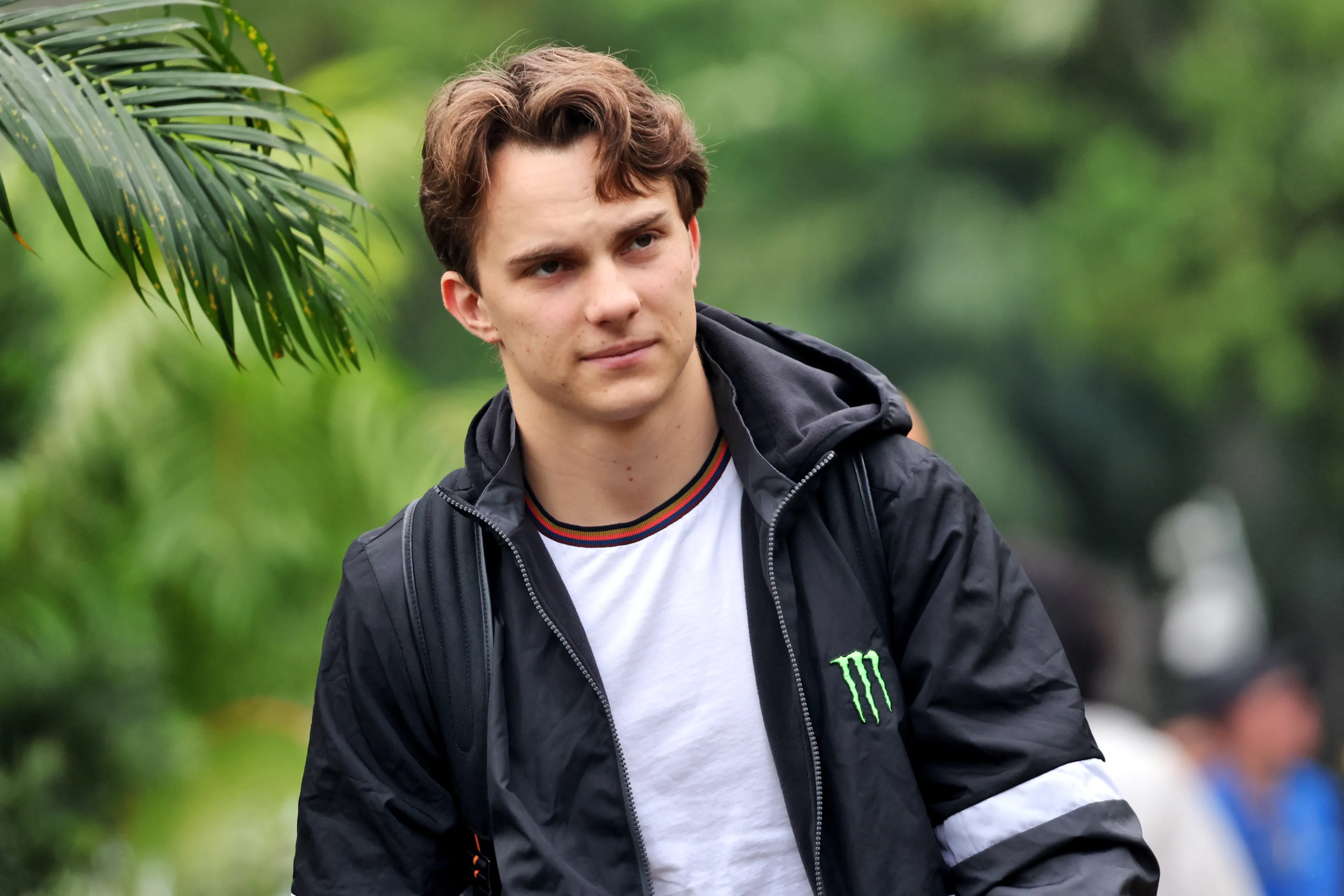Verstappen and Alonso impress in Formula 1 Qualifying duels this year
The greatest opponent of a Formula 1 driver is his teammate. He is the only other driver with the same exact car. After nine Grands Prix in 2025, it appears that some drivers are much better than their teammate, while in other battles it is still very close.
In Formula 1, qualifying is still very important. It indicates the pure speed of a driver if he loses the qualifying duel over an entire year. Besides the qualifying duel, there is also the average qualifying difference.
To arrive at as fair a picture as possible, GPblog looks at the last qualifying session drivers have driven together. If 'Driver 1' drops out in Q1, then the difference in that session is included. In Q2 the track becomes faster, giving 'Driver 2' an advantage then. Due to rain, the track could also become slower, making the difference an outlier. GPblog also takes into account the time driven in the same session under almost the same conditions.
In addition, GPblog also takes into account technical problems. A technical issue beyond the driver's control does not count as a victory for the other driver. However, a crash of a driver does count, unless the crash is due to a technical problem of the car.
Which F1 drivers qualify the best?
| Team | Driver 1 | Driver 2 | Qualifying Duel | Qualifying Difference |
| McLaren | Lando Norris | Oscar Piastri | 4-5 | 0.085s for Piastri |
| Ferrari | Charles Leclerc | Lewis Hamilton | 7-2 | 0.224s for Leclerc |
| Red Bull Racing | Max Verstappen | Liam Lawson | 2-0 | 0.913s for Verstappen |
| Max Verstappen | Yuki Tsunoda | 7-0 | 0.692s for Verstappen | |
| Mercedes | George Russell | Kimi Antonelli | 7-1 | 0.303s for Russell |
| Aston Martin | Fernando Alonso | Lance Stroll | 9-0 | 0.399s for Alonso |
| Alpine | Pierre Gasly | Jack Doohan | 5-1 | 0.362s for Gasly |
| Pierre Gasly | Franco Colapinto | 3-0 | 0.392s for Gasly | |
| Haas | Esteban Ocon | Oliver Bearman | 5-3 | 0.096s for Ocon |
| Racing Bulls | Yuki Tsunoda | Isack Hadjar | 1-1 | 0.197s for Hadjar |
| Liam Lawson | Isack Hadjar | 1-6 | 0.154s for Hadjar | |
| Williams | Alexander Albon | Carlos Sainz | 5-4 | 0.147s for Albon |
| Kick Sauber | Nico Hulkenberg | Gabriel Bortoleto | 5-4 | 0.065s for Hulkenberg |
Looking at the figures, it's noticeable that two drivers are yet to be defeated in their qualifying duel in 2025: Fernando Alonso and Max Verstappen. Both outperformed their teammates on every occasions, although for Verstappen this does not result in a 9-0 score. He had Liam Lawson as teammate for two races (2-0) and has now been racing against Yuki Tsunoda for seven races (7-0).
However, Verstappen takes the crown when it comes to the average qualifying difference. With Liam Lawson, it was 0.913s and with Yuki Tsunoda, the average difference is 0.692s. For a top team, of course, that's a gap that's too big. Alonso follows at an appropriate distance, with an average lead of 0.399s over Lance Stroll.
While one duel can hardly be called a duel, other teammates are incredibly close to each other. Due to the unequal number of races no pair is at a tie, but a difference of just 1 can be seen at McLaren, Williams, and Kick Sauber. Also, the duel between Esteban Ocon and Oliver Bearman at Haas is tight with the Frenchman leading 5-3.
The smallest average difference this season on Saturdays is between Nico Hulkenberg and Gabriel Bortoleto. Just 0.065s is the average difference between the veteran and the rookie, which says a lot about the debut of the Brazilian. Also, at Haas and championship contenders Oscar Piastri and Lando Norris, the average difference is under one tenth.
Alonso and Verstappen impress in 2025
In the terms of the Grand Prix duels, GPblog count again only the races where both drivers finish. If one does not finish due to a technical problem, no victory is counted for the other driver. This only counts if the other driver is out of the race due to their own fault.
| Team | Driver 1 | Driver 2 | Race Duel | Points |
| McLaren | Lando Norris | Oscar Piastri | 4-4 | 176-186 |
| Ferrari | Charles Leclerc | Lewis Hamilton | 6-1 | 94-71 |
| Red Bull Racing | Max Verstappen | Liam Lawson | 2-0 | 36-0 |
| Max Verstappen | Yuki Tsunoda | 6-0 | 101-10 | |
| Mercedes | George Russell | Kimi Antonelli | 6-0 | 111-48 |
| Aston Martin | Fernando Alonso | Lance Stroll | 4-1 | 2-14 |
| Alpine | Pierre Gasly | Jack Doohan | 3-0 | 7-0 |
| Pierre Gasly | Franco Colapinto | 2-1 | 4-0 | |
| Haas | Esteban Ocon | Oliver Bearman | 5-1 | 20-6 |
| Racing Bulls | Yuki Tsunoda | Isack Hadjar | 1-1 | 3-0 |
| Liam Lawson | Isack Hadjar | 0-6 | 4-21 | |
| Williams | Alexander Albon | Carlos Sainz | 7-0 | 42-12 |
| Kick Sauber | Nico Hulkenberg | Gabriel Bortoleto | 4-2 | 16-0 |
Also in the races, Verstappen and Alonso are superior to their teammates. For Verstappen, this can also be seen in the points, but not for Alonso. Stroll scored more points than Alonso, as he finished in the top ten when Alonso did not reach the finish line.
The exciting duels can also be found on Sundays at McLaren and Kick Sauber. Especially, the race duels show that there's little to separate the teammates, where the points can sometimes give a skewed view. For example, Nico Hulkenberg appears much stronger than Gabriel Bortoleto when looking at the points, but the race duels also show that Hulkenberg was simply stronger than Bortoleto on circuits where the Kick Sauber car was good enough to score points.
This article was written in collaboration with Kada Sárközi
Read also
Popular on GPBlog
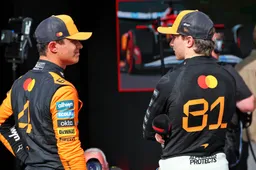
McLaren decides on Piastri's role in title battle amid Verstappen threat
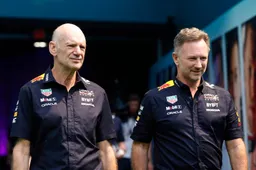
Newey right into action in Qatar, but not as team principal
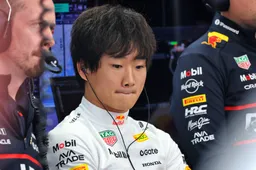
Yuki Tsunoda declines taking on new role at Red Bull Racing (for now?)

